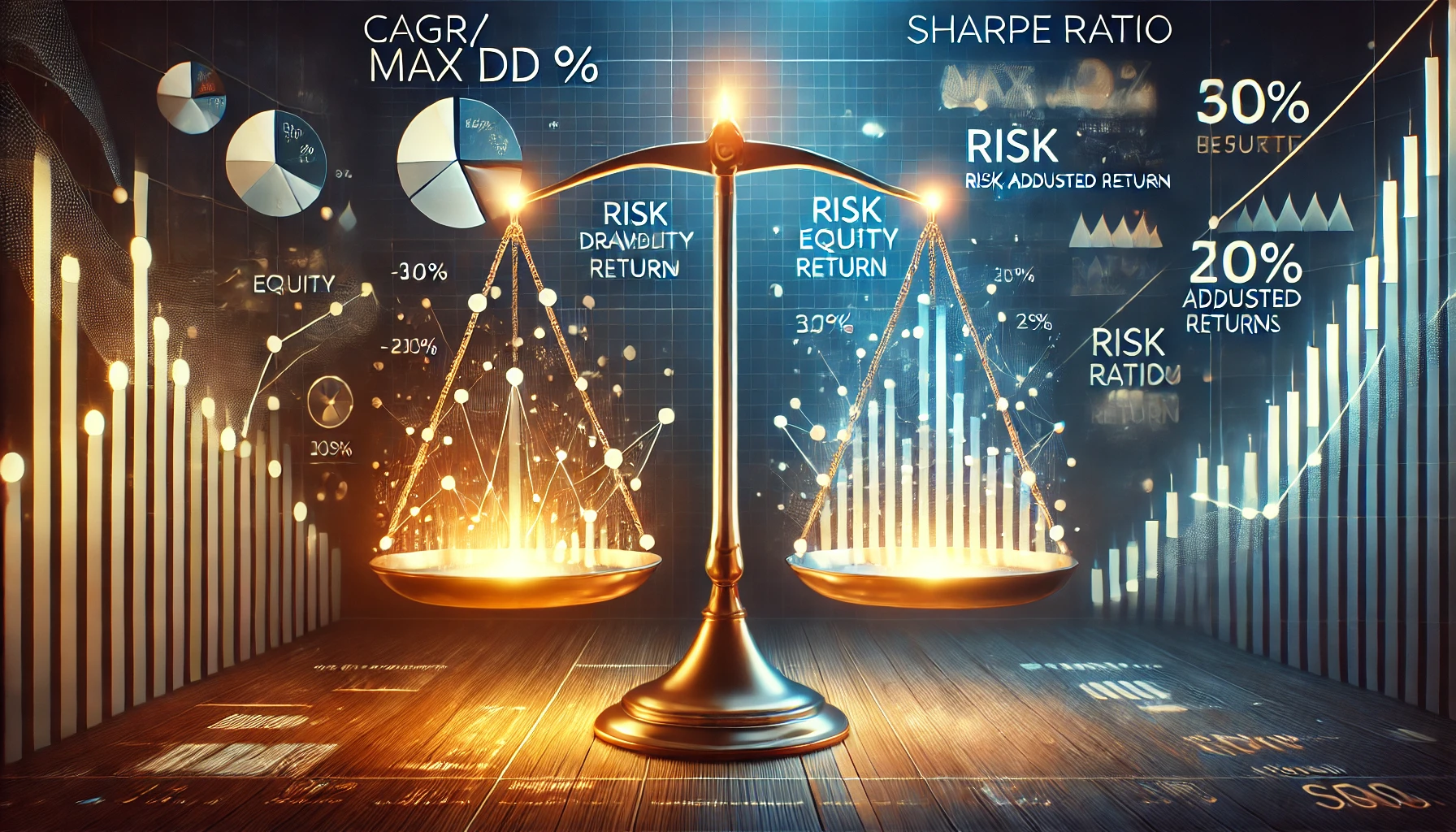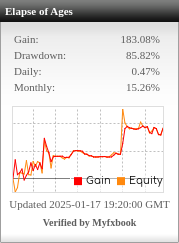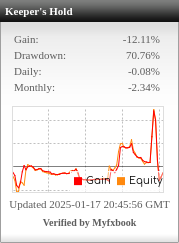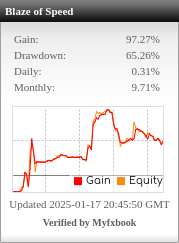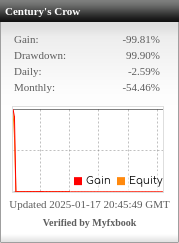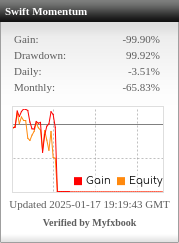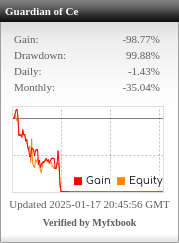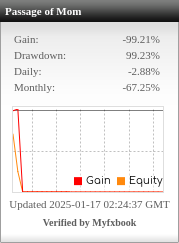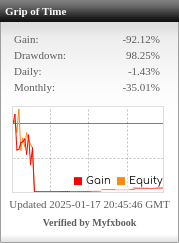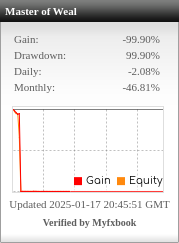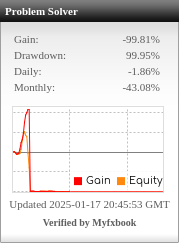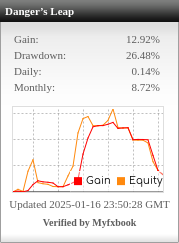Table of Contents
what’s the most priority betwee CAGR/Max DD% and Sharp ratio ?
When prioritizing between CAGR/Max DD% and Sharpe Ratio, it depends on your strategy’s goals and risk tolerance. Here’s how to assess their importance:
1. CAGR/Max DD% (Compound Annual Growth Rate / Maximum Drawdown Percentage):
- What it Measures: The growth of your account over time (CAGR) relative to the worst peak-to-trough decline (Max Drawdown).
- Importance: It tells you how much risk (drawdown) you’re taking to achieve returns. A higher CAGR/Max DD means your returns are efficient in relation to the risk you’ve taken.
- When it’s Critical:
- When you aim for long-term, steady growth with controlled risk.
- If you prioritize minimizing drawdowns, which is crucial for strategies that need to stay resilient in volatile markets (like your long-term trading approach).
2. Sharpe Ratio:
- What it Measures: The return per unit of risk (volatility). It measures how well your strategy compensates you for the risk taken (volatility of returns).
- Importance: A higher Sharpe ratio (above 1, or ideally above 2) means the strategy offers a better risk-adjusted return. It’s a good metric for comparing different strategies to see which one generates smoother returns relative to volatility.
- When it’s Critical:
- When you care about consistent performance and want to compare risk-adjusted returns between strategies.
- If your strategy experiences large fluctuations in returns, the Sharpe ratio helps determine if the higher returns are worth the risk (volatility).
Comparison in Your Strategy:
- CAGR/Max DD%: Since you are building a strategy for long-term use, minimizing drawdowns (while still growing your account) is a key consideration. This metric is more focused on the capital preservation aspect and will be vital in avoiding large losses that could wipe out significant portions of your account.
- Sharpe Ratio: It’s essential for ensuring that your strategy has consistent returns relative to risk. However, if your drawdowns are well-managed (as per the focus on risk control), the Sharpe Ratio becomes secondary in importance.
Which is More Important?
For your strategy goals (focused on long-term performance and risk management): 1. CAGR/Max DD% should be the top priority because it balances growth with minimizing drawdowns. 2. Sharpe Ratio is important but secondary to CAGR/Max DD%. You should still aim for a Sharpe ratio above 1 (preferably 2+), but don’t compromise your drawdown management to chase a higher Sharpe ratio.
Conclusion:
Focus on maximizing CAGR/Max DD% to ensure your strategy can grow steadily with minimal drawdowns. A high Sharpe Ratio (above 2) is an excellent goal but secondary to ensuring that your strategy survives long-term market swings with controlled drawdowns.

